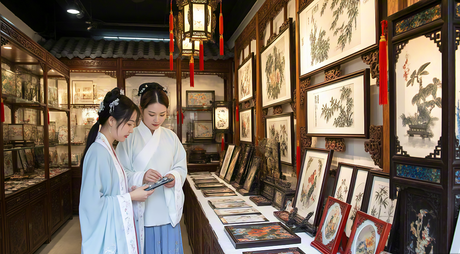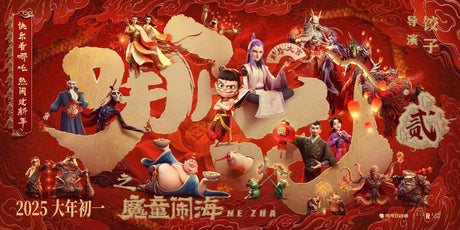Eid al-Fitr, often called the “Festival of Breaking the Fast,” is a joyous celebration that marks the end of Ramadan, the holy month of fasting. This holiday is rich with traditions that reflect gratitude, faith, generosity, and community. While customs may vary by country and culture, there are several widely practiced traditions that are central to Eid al-Fitr.
One of the most important traditions is performing the special Eid prayer, called Salat al-Eid. This prayer is usually held in large congregations at mosques, open fields, or community centers. It emphasizes unity, spiritual reflection, and gratitude. Before the prayer, many Muslims perform ritual purification and dress in their finest clothes, often wearing new or specially chosen outfits to mark the special occasion.
Another central tradition is giving charity, known as Zakat al-Fitr. This form of charitable giving is required before the Eid prayer and ensures that all members of the community, including the less fortunate, can participate in the celebrations. It’s a way to share blessings, practice compassion, and reinforce the values of empathy and generosity that are highlighted during Ramadan.
Family gatherings and festive meals are also a hallmark of Eid al-Fitr. After a month of fasting, families come together to enjoy a variety of foods, including sweet treats, dates, pastries, and regional specialties. These meals are often elaborate, with multiple courses, and provide an opportunity to reconnect with relatives, neighbors, and friends. Sharing meals symbolizes togetherness and the joy of celebrating a month of spiritual growth.
Exchanging gifts is another beloved tradition. Adults and children alike receive presents or “Eidi,” which can include money, toys, or thoughtful items. This practice adds to the excitement of the day, especially for children, and strengthens bonds among family and friends.
Decorating homes is also common during Eid al-Fitr. Many families adorn their houses with lights, lanterns, banners, and balloons that feature Eid-themed designs, such as crescent moons, stars, or the greeting “Eid Mubarak,” which means “Blessed Eid.” These decorations create a festive atmosphere and help signal the joyous nature of the occasion to the community.
Additionally, visiting friends, neighbors, and extended family is a significant tradition. Muslims often exchange greetings, share food, and offer well-wishes for health, prosperity, and happiness. In many cultures, it’s customary to wear new clothes, make homemade treats, or bring small gifts as a sign of respect and goodwill.
Some families also incorporate cultural or regional customs, such as special songs, dances, or communal events. In countries with large Muslim populations, communities may organize fairs, parades, or charitable events to celebrate Eid together. These activities highlight the social and cultural dimensions of the holiday, making it a time for both reflection and joy.
In summary, common traditions during Eid al-Fitr include performing the Eid prayer, giving charity, sharing festive meals, exchanging gifts, decorating homes, and visiting loved ones. These practices collectively emphasize gratitude, generosity, family, and community, making Eid al-Fitr a deeply meaningful and joyous holiday for Muslims around the world.


























































































